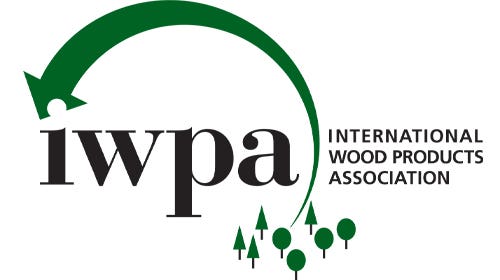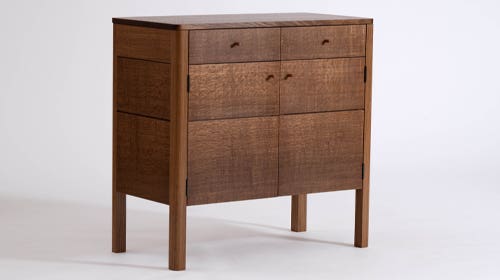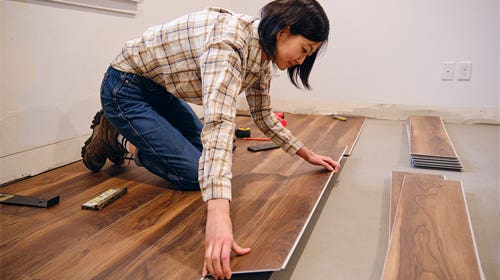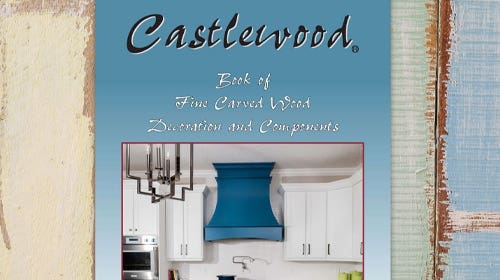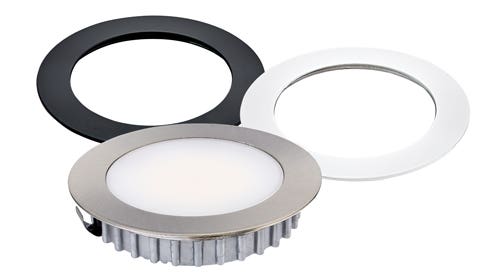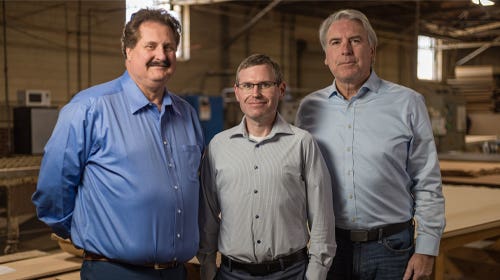Nothing soft about the soft maple market
Soft maple sellers report strong demand, higher prices and plentiful supplies.
Soft maple sellers report strong demand, higher prices and plentiful supplies.
“The demand for [soft maple] is very strong,” says Neil Geiger of Frederick Lumber Co. in Frederick, Md. “Prices are up, compared to a number of years ago, because of demand for painted furniture and cabinetry.”
Soft maple is a commercial term meant to differentiate the wood from some types of hard maple (Acer saccharum), according to The Wood Database, which states on its website (wood-database.com), “Don’t be fooled by the name, most species of soft maple have a hardness and density near black walnut (Juglans nigra) or black cherry (Prunus serotina) — two highly regarded cabinet woods in North America. For many applications, soft maple’s hardness is sufficient, and its reduced density generally means it’s easier to work with and machine than hard maple.”
“It’s a great species with many uses,” says Dave Welch of Frank Paxton Lumber in Boulder, Colo. “Some people use it as a utility wood. Other people use it for cabinetry and furniture. It can work very well for painted finishes.”
Luke Zale of Rare Woods USA in Mexico, Maine, says plain soft maple is fine for paint-grade and utility projects, but his customers also appreciate figured variations if they’re looking to accentuate grain patterns or use a clear finish.
“You can have unfigured maple for paint grade and whatever, but when you get into the figured, curly, and fiddleback maple, especially if it’s a quilted, you can go as fancy as you want to,” says Zale.
“I just attended a wood exhibition, the Maine Wood Show at the Center for Furniture Craftsmanship, and probably half of the 15 pieces [featured] soft maple. It’s definitely an appealing wood.”
Soft maple (4/4 FAS) retails for about $6/bf.
This article was originally published in the April 2024 issue.


